- EasyCard
- Trade
- Help
- Announcement
- Academy
- SWIFT Code
- Iban Number
- Referral
- Customer Service
- Blog
- Creator
Under the Robotaxi Frenzy: Whose Valuation, Tesla's or Google's, Will Prove Off the Mark?
The situation that investors are facing right now is rather complex. It’s as if they’ve been pushed to a crossroads – no matter which path they choose, something just doesn’t feel quite right.
Amid the Robotaxi frenzy, there are two mega-cap stocks, Tesla and Google. But here comes the question – when we conduct a fair assessment, only one of them will receive a just valuation judgment.
Some might think, what’s the point of comparing these two companies? You might be right. Previously, there wasn’t much overlap between them. However, Tesla’s recent “new narrative” has suddenly turned it into a tough competitor of Google.
Yes, what we’re going to talk about is the “autonomous taxis” (Robotaxi), which could potentially become the next big trend in the future!
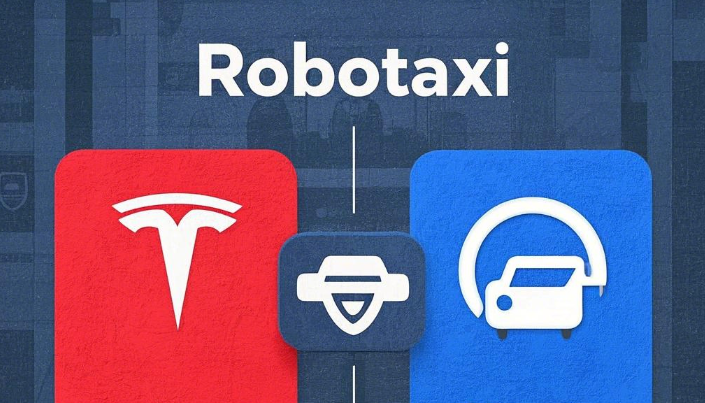
This industry is still in a very preliminary stage, basically in its infancy, and the relevant data is not yet particularly comprehensive. So, what we’re going to do next is not just an estimation; it’s more like a “Fermi problem” – we need to make a bunch of reasonable assumptions to predict a rough answer.
We can’t precisely predict the exact outcome of their competition, but with some well-founded guesses, we might be able to come up with a reliable approximate solution.
The Current State of the Robotaxi Market
In 2024, surely no one is unfamiliar with “Robotaxi”? If you’ve been to cutting-edge cities like San Francisco, Los Angeles, or Phoenix, you may have already seen these vehicles on the road. Many other cities, such as Miami, are also conducting tests and are expected to put them into use soon.
When it comes to robot taxis, the first thing that comes to the minds of most people who follow the US stock market is – “This should be something Tesla does, right?” But these folks may not be aware that in the cities mentioned above, it’s not Tesla operating the Robotaxi, but Waymo, a subsidiary of Google. And they’ve been working on this project since around 2009. You’ve been keeping a low profile while doing things, huh?
Even more interestingly, in San Francisco, besides Google, you’ll also find that General Motors’ Cruise is also involved in the autonomous taxi business. Cruise recently expanded its operations to Phoenix and has already started testing in Austin and other parts of Texas.
However, General Motors recently announced that after spending over $10 billion on acquiring the autonomous driving division, it’s actually going to withdraw from this market! It’s making a hasty exit. One of the reasons the company cited is “increasingly fierce competition.”
But indeed, the Robotaxi market has become more like a battlefield. There are so many participants. Even Amazon has joined the fray. With its logistics, it’s not only delivering goods but also people. Amazon owns and controls Zoox, a company that has entered the competition, making the situation even more complex.
Not only that, WeRide (WRD), a Chinese autonomous driving company, recently went public on NASDAQ, becoming the first pure electric Robotaxi company to be listed. Currently, the company is operating in some cities in China, San Jose in California, the United Arab Emirates’ Abu Dhabi, and Singapore.
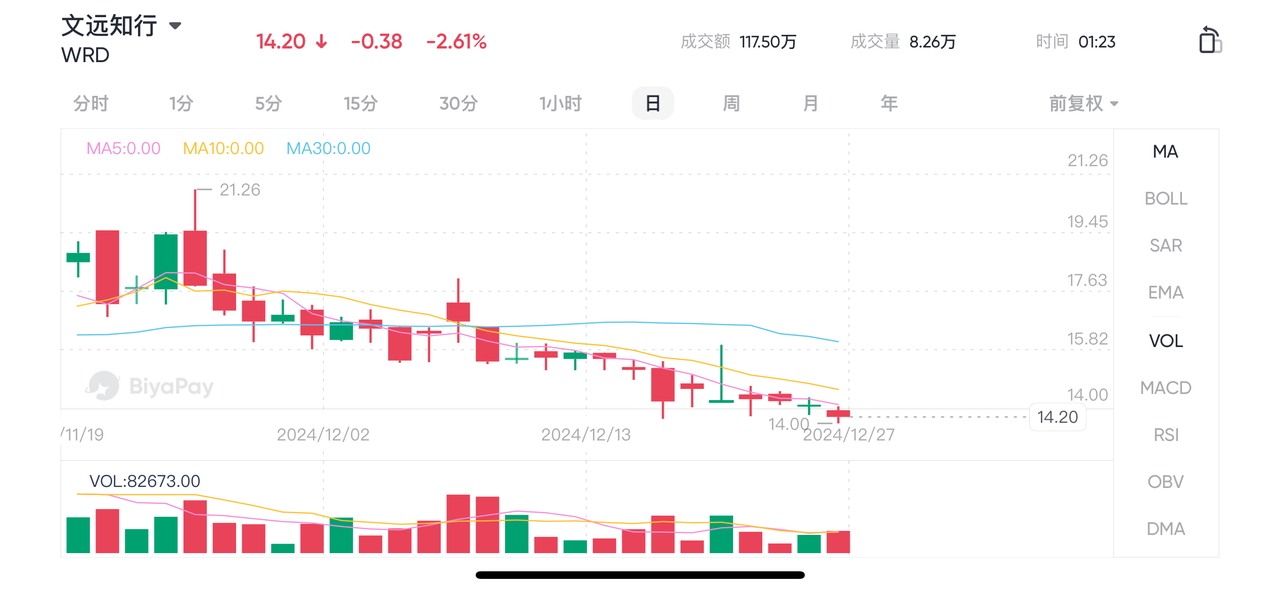
The current situation is that investors see this as a new field with unlimited potential, and everyone is desperately rushing to get in. Well, except for General Motors, which has chosen to retreat and switch tracks.
Now even Uber is becoming a major player in this game. Just providing ride-hailing services in the past is no longer enough for it. Now it’s not only collaborating with WeRide in Abu Dhabi but also working with Waymo in Austin and Atlanta.
In short, this industry is getting more and more bustling, and all the companies related to it want a share of the pie.
The Game Among Tesla, Google, and Robotaxi
However, what the market is currently discussing is still the solutions from Level 2 to Level 4. It’s no longer the Level 2 autonomous driving that we ordinary people are familiar with, but the Level 4 (L4) technology. Under certain circumstances, L4-level autonomous vehicles can drive completely independently without human intervention. Level 5 (L5) is the ultimate goal of full autonomous driving, meaning that L5 vehicles can drive completely autonomously in any situation, whether on city streets or highways, without any need for human operation.
But no one dares to guarantee the realization of Level 5 full autonomous driving yet. So, the competition between Waymo and Tesla is more of a technological battle. The one that can launch into the market earlier will be able to seize more market share.
In October this year, Tesla announced its Cybercab project. As I mentioned in a previous article, this could be a rare opportunity for position building. At that time, Tesla’s share price dropped from $243 to $218. And then, guess what? With Trump’s election as president, Tesla’s share price doubled! Things have developed so quickly that Tesla’s “Cybercab” plan has become even more confusing – the company said it will launch this project in about two years. However, the Cybertruck itself took 48 months from the launch event to production. That’s why some people say, “Tesla’s entry into the autonomous taxi market is characterized by bold promises but limited actual progress,” more like much fanfare but little real action.
In short, the ideal is very ambitious, but the reality is harsh. At this pace, can Tesla make it in time?
The Valuations of Tesla and Waymo: Where’s the Gap?
Many people believe that Tesla will eventually launch the Robotaxi and win the favor of consumers. But the problem is that Tesla currently doesn’t have a clear business model, especially when it comes to profitability.
Secondly, the biggest difference between it and Waymo lies in the way they handle vehicle driving logic: Tesla’s autonomous driving system claims not to require pre-mapped routes, while Waymo relies on Google’s 2D maps.
In this regard, Tesla is obviously more flexible than Waymo, but Waymo has stronger data support. Especially through its cooperation with Uber, it can collect and utilize traffic data more precisely. That’s why Tesla doesn’t cooperate with Uber.
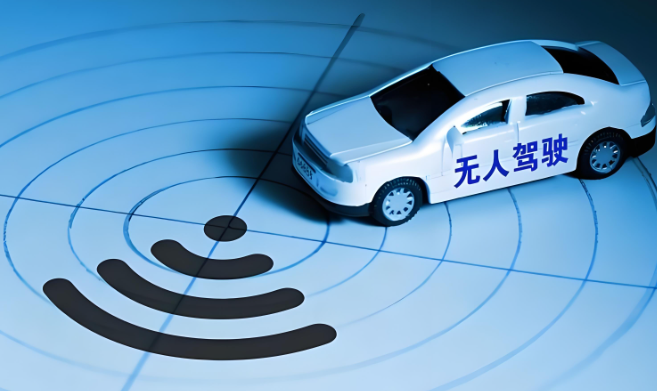
In addition, don’t forget that Google also owns Waze – this mapping app is undoubtedly an important tool for Waymo to obtain real-time data.
The Current Valuation of Waymo
Now we can see that the situation is a bit impulsive. Although Waymo is still in the red, it has already surpassed most of its competitors, especially in the autonomous ride-hailing service area.
In one year, it completed nearly 5 million paid rides (in 2023: 700,000 rides). By the third quarter of 2024, it could complete over 1 million miles of fully autonomous driving per week. Nevertheless, Waymo is still in huge losses – the department reported revenue of $388 million and an operating loss of $1.1 billion. But this loss is within expectations, considering the huge R&D investment and the current scale, all of which have led to Waymo’s less-than-satisfactory financial performance.
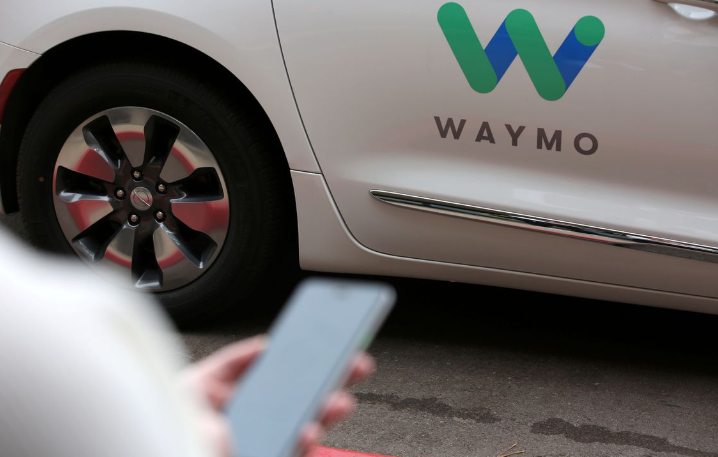
But investors obviously don’t care much about these. They are more focused on the potential growth and profitability that Waymo might achieve in the future. So, given the above situation, how much is it actually worth in the eyes of investors?
Waymo’s financing activities are of great significance in this regard. In the latest round of financing, Waymo successfully attracted $5.6 billion in investment, which pushed its valuation to over $45 billion. Considering that its expected revenue for next year is about $200 million, the price-to-sales ratio of this valuation is as high as 225 times, a huge anticipation of the future.
So, the question is, is Waymo really worth such a high valuation? We’ll discuss this later.
The Valuation Issue of Tesla
In contrast, Tesla’s financial situation is a bit more “stable.” This year, Tesla’s automotive revenue is expected to reach $59 billion, and it has already achieved $20 billion in revenue in the third quarter. Tesla’s overall revenue is likely to reach $100 billion by the end of the year, with $80 billion coming from car sales.
Based on its current market capitalization, Tesla’s price-to-earnings ratio is as high as 180, also far higher than that of traditional automakers.
Nevertheless, Tesla’s valuation still confuses many investors. Compared with other electric vehicle manufacturers in its automotive business, the valuation gap is too large.
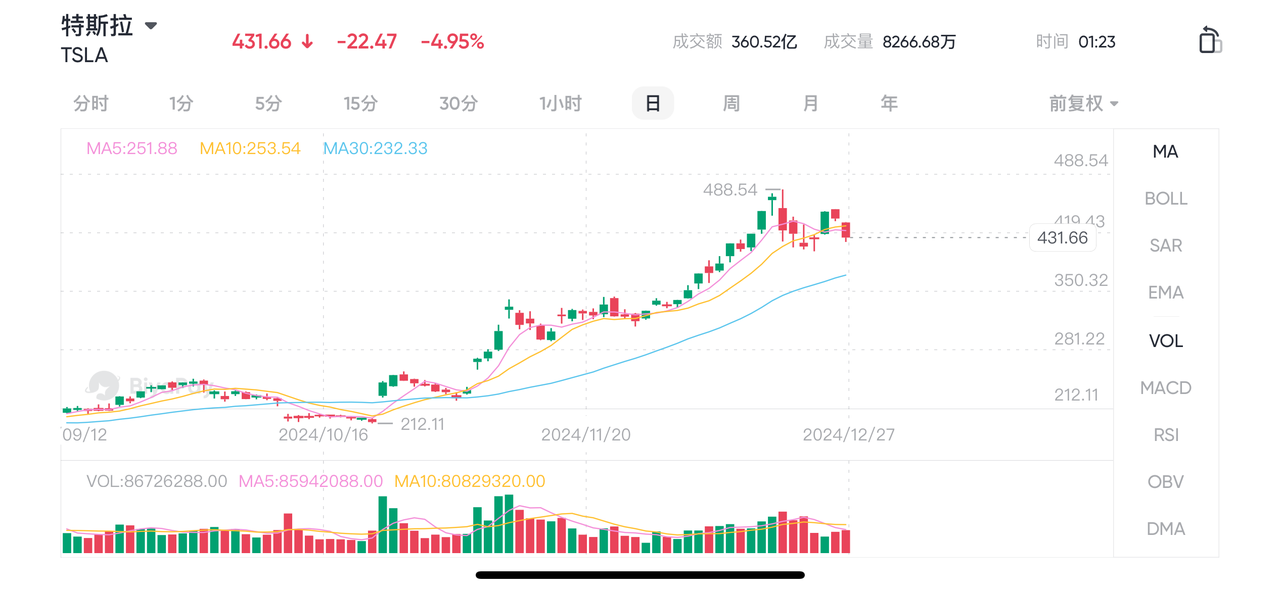
And until a few months ago, Tesla’s energy division was still regarded as the core of the future. But currently, the market’s attention has shifted, and the Robotaxi project has drawn more focus.
The problem is that Tesla has been talking about its project so far, but investors have to wait at least a few years to see its launch.
Tesla’s optimistic expectations for the future have led investors to push its valuation very high, but this is still an “assumed” project – it’s hard to say when we can see the Cybercab or whether it will be successful. So, within the next two years, we can only treat Tesla as an “if” stock. What if it becomes the leader in Robotaxi? What if its Cybercab fails? What if it manages to succeed but faces intense competition? And so on…
This is not an ideal situation for evaluating a company’s prospects. You can’t rely solely on guesswork to predict your investment.
Final Conclusion:
It seems we can draw the following conclusion: Tesla’s valuation is largely driven by the anticipation of Robotaxi, but for now, it remains just a “future project.”
Currently, investors are also taking into account the possible role that Musk might play in the future government. Therefore, Tesla’s valuation is mostly driven by the prospects of Robotaxi and the market excitement after Trump’s victory.
However, as the competition in the electric vehicle field becomes more and more intense, Tesla’s prospects are also becoming more complex. In the Robotaxi market, even under the most ideal circumstances, Tesla can’t be the only player. After all, someone has been operating in this field since 2009.
So, is it fair to value Tesla’s fiscal 2024 earnings at a price-to-earnings ratio of 182?
Assuming we value Tesla’s automotive business based on its leading technology and status as a leader in the electric vehicle market, with a price-to-earnings ratio of 20, we can roughly calculate that the market capitalization of Tesla’s automotive business is about $400 billion (assuming its net profit is $20 billion and the price-to-earnings ratio is 20 times). But Tesla’s current market capitalization is over $1.3 trillion.
Ultimately, we can only speculate that investors seem to have priced Tesla’s Robotaxi project as an extremely valuable “future possibility.” But the problem is that we simply don’t know when Tesla’s Robotaxi business will start, nor do we have any reliable predictions about how much money it can make.
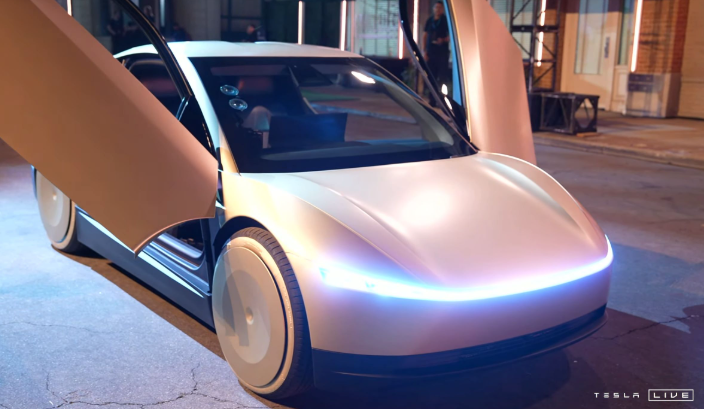
In comparison, Waymo should achieve at least $200 million in revenue next year. Based on this expectation, we can assess Waymo’s market capitalization as 225 times its sales. Tesla’s Robotaxi business is currently still in the project stage and has no profit at all. No matter what multiple we use, multiplying by zero always results in zero.
But investors often place high hopes on things that seem worthless, especially when they believe these “zeros” could potentially turn into “billionaires” in the future. They are quite good at speculation.
However, the opportunities in the market are not limited to the autonomous driving field. For those who want to diversify their investments and seek more efficient fund management, if you want to seize the current investment opportunities and ensure the safe and efficient flow of funds, the BiyaPay multi-asset wallet is your ideal choice. It not only provides convenient and secure deposit and withdrawal services but also supports trading of US stocks, Hong Kong stocks, and digital currencies. Through this wallet, you can easily convert digital currencies into US dollars or Hong Kong dollars and quickly withdraw them to your personal bank account, solving any troubles related to fund flow.
Moreover, BiyaPay has no limit on transfer amounts, and the funds arrive very quickly. This means that you can adjust your strategy in a timely manner when the market changes rapidly and seize every investment opportunity.
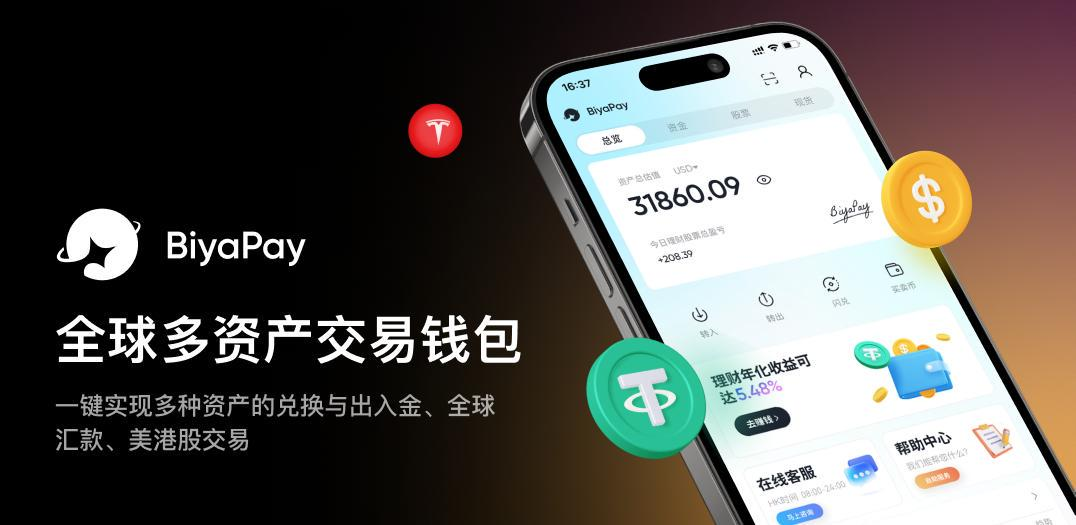
Whose Pricing is Correct?
Now let’s think about Waymo again. Although its current scale is relatively small, with an annual revenue of only $200 million, at least its progress is traceable. Waymo has been accumulating technology, data, and user bases over the years, which is why its valuation has the potential to gradually increase. So, for Waymo’s $45 billion valuation to be reasonable, we need to see its revenue grow to at least $1.5 billion, and there should be a strong driving force for future growth that can be predicted.
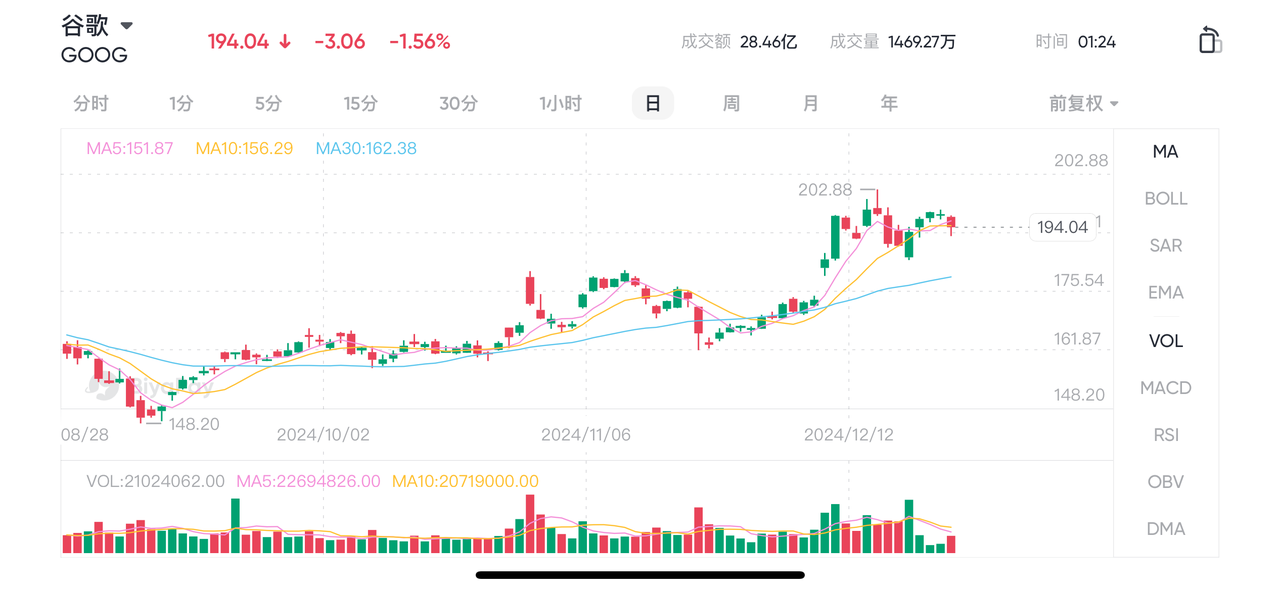
As it stands, Alphabet’s overall valuation already reflects the current situation and potential of Waymo, and this doesn’t seem to have had a major impact on Alphabet’s valuation.
On the contrary, Tesla’s valuation has been affected by the “bubble effect” of Robotaxi. Although the foundation of its project is far less solid than Waymo’s, it has significantly pushed up Tesla’s market capitalization. Just because Tesla plans to launch Robotaxi in the next two years, the market has added nearly $1 trillion to its valuation.
So, what does this mean? If Tesla’s investors are right, then Waymo’s value will be far more than $45 billion, and it might even cause Google’s market capitalization to increase by over $1 trillion. If Google’s investors are correct, then Tesla’s current pricing is clearly too optimistic, and it will eventually lead to a significant correction of Tesla’s market capitalization.
This article explains why some investors believe that Alphabet (Google’s parent company)'s current valuation is underestimated. Considering the various core businesses that Alphabet owns, especially the potential of Waymo, its price-to-earnings ratio may even expand further.
If Waymo can maintain growth in the next few years, then a few years later, we may be very glad to hold Google’s shares and witness the continuous expansion of this company in autonomous driving and other fields.
*This article is provided for general information purposes and does not constitute legal, tax or other professional advice from BiyaPay or its subsidiaries and its affiliates, and it is not intended as a substitute for obtaining advice from a financial advisor or any other professional.
We make no representations, warranties or warranties, express or implied, as to the accuracy, completeness or timeliness of the contents of this publication.




Contact Us
Company and Team
BiyaPay Products
Customer Services
is a broker-dealer registered with the U.S. Securities and Exchange Commission (SEC) (No.: 802-127417), member of the Financial Industry Regulatory Authority (FINRA) (CRD: 325027), member of the Securities Investor Protection Corporation (SIPC), and regulated by FINRA and SEC.
registered with the US Financial Crimes Enforcement Network (FinCEN), as a Money Services Business (MSB), registration number: 31000218637349, and regulated by FinCEN.
registered as Financial Service Provider (FSP number: FSP1007221) in New Zealand, and is a member of the Financial Dispute Resolution Scheme, a New Zealand independent dispute resolution service provider.




















